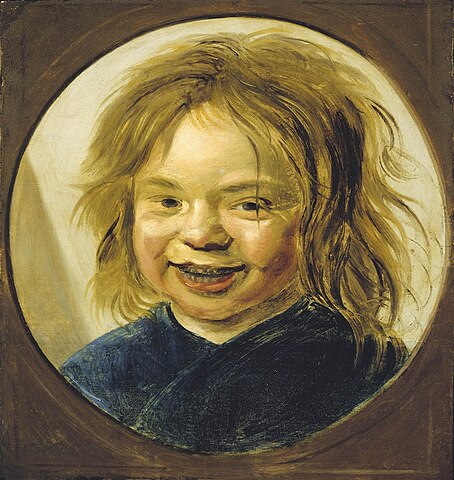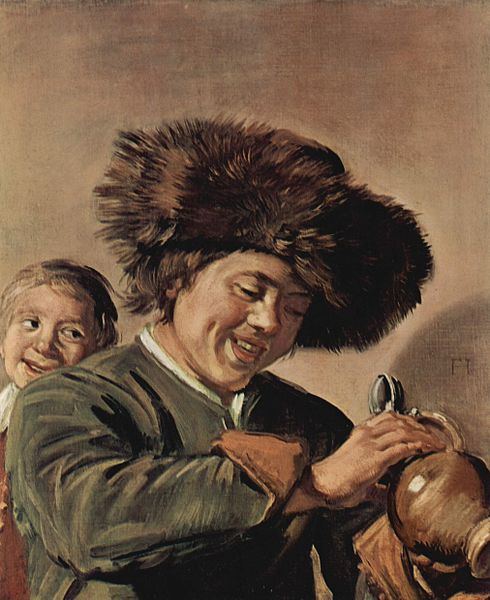
The Thammasat University Library has acquired a new book investigating why people have a physical response to funny things. Students who are interested in medicine, biology, psychology, health, philosophy, literature, computer science, and other subjects may find the book useful.
Ha! The Science of When We Laugh and Why is shelved in the General Stacks of the Pridi Banomyong Library, Tha Prachan campus. Its author, Dr. Scott Weems, is a cognitive neuroscientist based in Little Rock, Arkansas, the United States of America. Cognitive neuroscience is about biology and other aspects involved with how we learn and know things. Cognitive neuroscientist are especially interested in how the nerve cells in our brains connect with other nerve cells, resulting in thinking and other responses.
Dr. Weems earned a Ph.D. in cognitive neuroscience from the University of California at Los Angeles (UCLA). He suggests that what we think of as humor is the result of inner conflict in our brains as we try to understand the world. Understanding a joke is somewhat related to solving a challenging problem in research. Usually we must be surprised to feel amused, and humor is a very human thing. Researchers have tried to ask computers to decide what is funny, but artificial intelligence is not skilled at this task. Some doctors have claimed that laughter can help the immune system to fight diseases.

In July 2014, Dr. Weems participated in a podcast for Scientific American Magazine. He discussed why some people go to exciting horror movies at the mall and then laugh during the action:
There’s been research of people who have, or who are, horror-movie fans and who love going to horror movies and Eduardo Andrade, a psychologist, wanted to know why do people like going to these movies and why do they laugh frequently the scary times and he found that these people who love these movies, what they do is they show both the horror and the suspense and the excitement, engagement that we all feel but they also feel a joy during the scary scenes and during the exciting scenes and I think that goes to show that it’s a complex emotional experience.
Dr. Weems also pointed out that laughing can be considered a form of exercise:
To get to your question of what is humor and why, you know, humor is, as I said, it’s really a form of conflict and I like to think of it as mental exercise that just as the body needs to be worked to grow stronger so does the mind need to be worked to be more efficient, to be stronger itself and so I think that’s why we see the benefits of humor that we do. It improves cardiovascular health. It’s kind of equivalent to jogging, studies have shown, that you get the same kind of calorie burn and heart health. It improves immune-system response and it even makes you smarter. Studies have shown that simply watching Robin Williams’s standup improves your ability to solve insight problems and other general problem-solving ability tasks so I think that’s because humor is a form of exercise and we need to work our minds and humor is a very good way to do it.
It turns out that humans are not the only species that laughs. Apes, including chimpanzees, gorillas, bonobos, and orangutans, have been observed to laugh. Laboratory rats, if they are tickled, will also laugh, as TU students of animal physiology may have discovered. If we understand why a laboratory rat laughs, this may help bring us closer to realizing why people laugh. If we know the neuroscience of how rats laugh, then it may be useful in developing medications to treat depression and other illnesses in humans. Dr. Weems cites such scholarly publications as ‘‘Laughing’’ rats and the evolutionary antecedents of human joy? by Dr. Jaak Pankseppa of the Department of Psychology, J.P. Scott Center for Neuroscience, Mind and Behavior, Bowling Green State University, Bowling Green, Ohio, USA and Dr. Jeff Burgdorf of the Falk Center for Molecular Therapeutics, Northwestern University Research Park, Evanston, Illinois, USA. They suggest, in part:
Recent affective neuroscience research has yielded the discovery of play- and tickle-induced ultrasonic vocalization patterns… in rats may have more than a passing resemblance to primitive human laughter. In this paper, we summarize a dozen reasons for the working hypothesis that such rat vocalizations reflect a type of positive affect that may have evolutionary relations to the joyfulness of human childhood laughter commonly accompanying social play. The neurobiological nature of human laughter is discussed, and the relevance of such ludic processes for understanding clinical disorders such as attention deficit hyperactivity disorders (ADHD), addictive urges and mood imbalances are discussed.
Scientists who study the brain patterns of laboratory rats can draw conclusions about depression, anxiety, and other health issues. There is still some disagreement over whether dogs laugh. Some animal behavior experts have claimed that dogs make a panting noise that can sound like laughter. The German writer Konrad Lorenz, author of Man Meets Dog, claimed:
“…an invitation to play always follows; here the slightly opened jaws which reveal the tongue, and the tilted angle of the mouth which stretches almost from ear to ear give a still stronger impression of laughing. This ‘laughing’ is most often seen in dogs playing with an adored master and which become so excited that they soon start panting”.

Thailand and Laughter Yoga
Some yoga practitioners suggest that laughter may help people even if there is no reason to laugh, so they force themselves to laugh at nothing. This practice is known as Laughter yoga. There is a Bangkok Laughter Yoga Club at Urban Yoga Studio, DC One Bldg, 31 Soi Yen Akat, Sathorn Road, Bangkok. According to an Australian volunteer at the Central Chest Institute of Thailand on Tiwanon Rd, Amphoe Mueang Nonthaburi, Chang Wat Nonthaburi, Laughter yoga improved the experience of patients before and after surgery:
The staff discovered that the postoperative patients were discharged more quickly when they participated in laughter programs. They reasoned that laughter increased their charge’s lung capacity, reduced pain and produced endorphins as well as provided a more positive outlook.

(All images courtesy of Wikimedia Commons)
